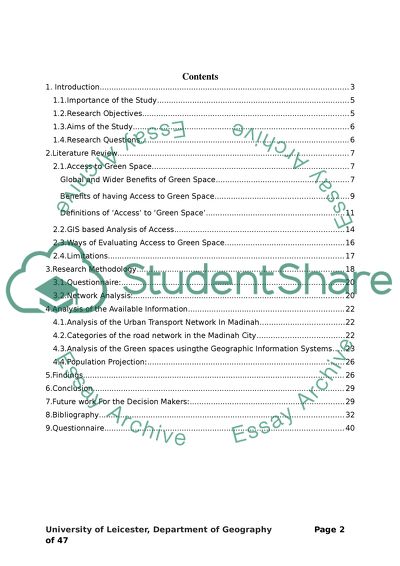Cite this document
(“Analysis of Green Space and its Accessibility in AL-Madinah City, Essay”, n.d.)
Retrieved from https://studentshare.org/geography/1401134-analysis-of-green-space-and-its-accessibility-in-al-madinah-city-saudi-arabia
Retrieved from https://studentshare.org/geography/1401134-analysis-of-green-space-and-its-accessibility-in-al-madinah-city-saudi-arabia
(Analysis of Green Space and Its Accessibility in AL-Madinah City, Essay)
https://studentshare.org/geography/1401134-analysis-of-green-space-and-its-accessibility-in-al-madinah-city-saudi-arabia.
https://studentshare.org/geography/1401134-analysis-of-green-space-and-its-accessibility-in-al-madinah-city-saudi-arabia.
“Analysis of Green Space and Its Accessibility in AL-Madinah City, Essay”, n.d. https://studentshare.org/geography/1401134-analysis-of-green-space-and-its-accessibility-in-al-madinah-city-saudi-arabia.


